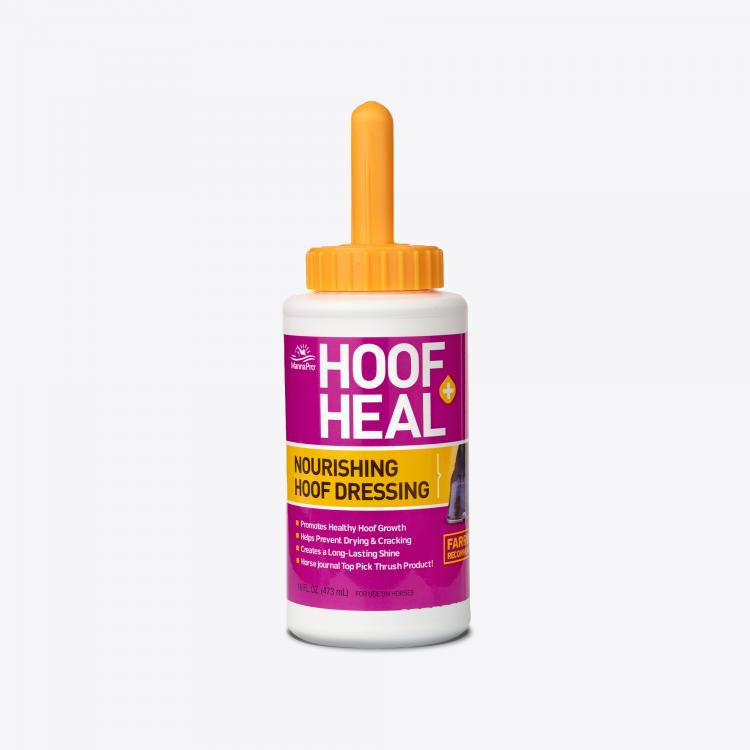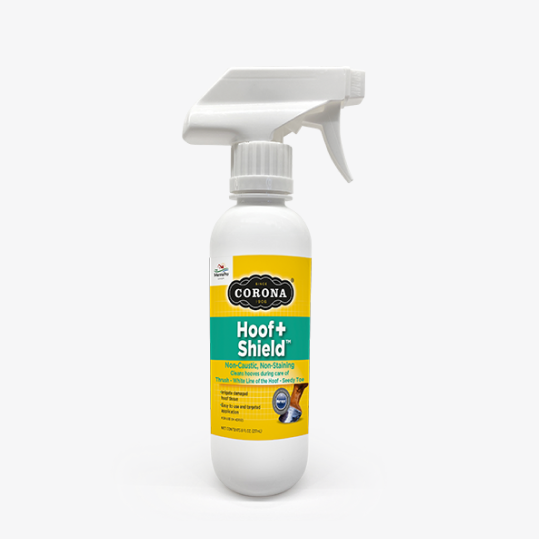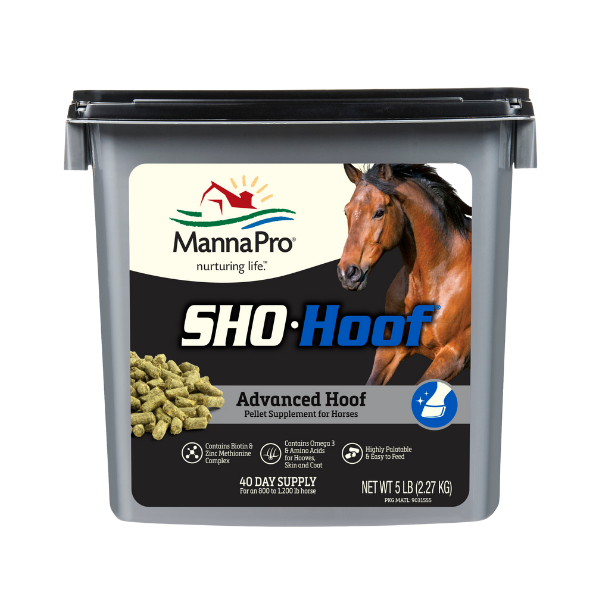Posted by Carolyn Adams, Thu, May 31, 2012
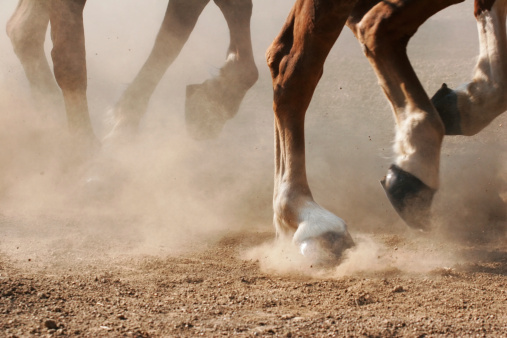
According to most experts, the most important basic hoof care measure you can take is to regularly pick your horse’s feet with a hoof pick. In addition to the obvious benefits of picking (removing debris and irritants), this daily practice gives you the opportunity to detect anything out of the ordinary in your horse and treat it before it becomes a major problem.
We’ll go over the most common hoof conditions so that you’ll know what to be on the lookout for, how to handle a problem if you see one and, most importantly, how to take steps to prevent the problem from occurring or reoccurring. Thanks to Wikipedia for these diagrams to help us identify the different parts of the hoof that are affected by these conditions. We’ll refer back to them by number as we go along.
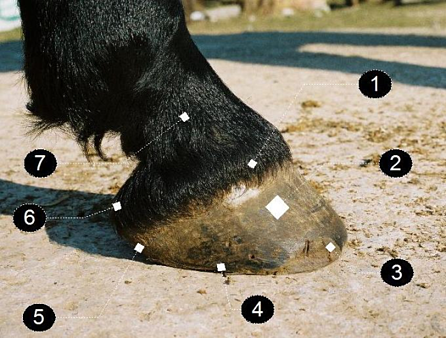
Diagram 1: Barefoot Hoof, Lateral View
- Coronet Band
- Walls
- Toe
- Quarter
- Heel
- Bulb
- Small Pastern/P2
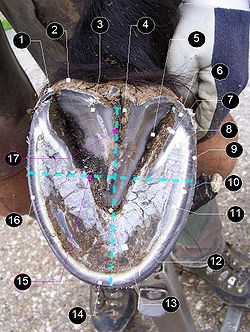
Diagram 2: Transitioning Barefoot Hoof, From Below
- Heel Perioplium
- Bulb
- Frog
- Central Groove
- Collateral Grooce
- Heel
- Bar
- Seat of Corn
- Pigmented Walls
- Water Line
- White Line
- Apex of Frog
- Sole
- Toe
- How to Measure Width
- Quarter
- How to Measure Length
Spotting the Most Common Hoof Problems
Cracked Hooves/Quarter Cracks
Many cracks are superficial, while others can be an indication of a more serious problem. One of the most common cracks is called a “quarter crack,” which is a crack that appears in the wall (#2, #6) of the hoof, in the area known as the quarter (#4, #16). Other common cracks are toe (#3, #14) cracks and heel (#5, #6) cracks. When you see a crack in your horse’s hoof, your best bet is to call your farrier and describe the size and location of the crack to determine whether it needs immediate attention or can wait for their next scheduled visit.
Preventing cracks has a lot to do with moisture balance in the hoof. A hoof that is too dry can become hard, brittle and easily cracked. If your horse’s hooves are dry and need a helping hand due to nutritional or environmental factors, a hoof dressing can help to prevent the hoof from drying out, cracking, or splitting, which in turn helps prevent lost shoes, tender feet, and other problems that can result from hooves that are too dry.
Manna Pro® offers Corona® Hoof Dressing, which is made with lanolin to preserve moisture balance in the coronet, horny wall, frog, soled and heels. It’s ideal for everyday use and excellent for the treatment of quarter cracks.
Thrush
Thrush is a bacterial condition that typically develops when a horse stands in mud, manure, or other muck for an extended period or when the horse’s hooves are not maintained regularly and properly (see Part 2 of our series on Basic Hoof Care). The first sign of thrush is a foul smell and a dark, greasy ooze from the frog (#3 in Diagram 2) of the hoof. Fortunately, when detected early, thrush can be treated effectively and need not lead to serious hoof damage (or even lameness). Over-the-counter treatments are available and your vet or farrier can recommend one.
Prevent thrush by making sure to keep your horse’s stall clean and dry (see our blog post on this topic), and establish a routine for daily (or at least every 2–3 days) cleaning of your horse’s feet with a good hoof pick.
Seedy Toe/White Line Disease
Seedy toe is an anaerobic bacteria/fungus combination that, as its two names might suggest, affects the white line (#11 in Diagram 2) at the toe (#3, #14) of the horse’s hoof. Seedy toe is most common in the front hooves. To detect seedy toe, look for a dark discoloration of the normally white/light line at the toe, along with a dry crumbly texture at the toe. Seedy toe is not terribly serious and easily treatable; your farrier can put together a treatment plan based on the severity of the condition.
While horses in more humid regions of the country (primarily the southeastern US) may be more susceptible to white line disease, the prevention of this condition for all horses most often comes down to good hoof maintenance, specifically regular trimming and balancing of the hooves.
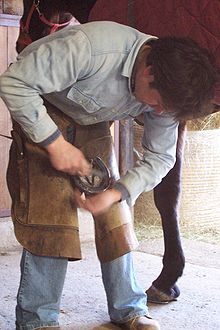
Punctures and Abscesses
If, when picking your horse’s hoof, you come across an object that has punctured the hoof, experts agree: Do NOT remove the object yourself. Protect the punctured foot with wrapping and duct tape so that the foreign object remains in place, stall your horse, and call your vet. An X-ray will likely be necessary to determine the degree of puncture and how it should be removed and treated. On the other hand, if the object that punctured your horse’s foot has already fallen out, it’s likely that even with close scrutiny you won’t be able to detect the now-invisible puncture wound. In this case, it’s possible that the puncture wound will develop into an abscess, which you can detect during your routine hoof maintenance.
As part of your hoof picking routine, always take a digital pulse (here’s a great step-by-step guide on how to take your horse’s digital pulse from EquiSearch) so that you know what’s normal for them. If your horse has an abscess, their pulse might feel stronger and/or their foot might feel warmer than it does on other days on which you’ve checked them. An abscess might also cause your horse to be slightly lame. Any of these signs are reason enough to call your vet or farrier to let them know you suspect an abscess. They can confirm the diagnosis and put together a plan for treating it.
Thanks for reading our “Build a Better Hoof” series. We hope you enjoyed it, and if you have any questions or comments please leave them here!
